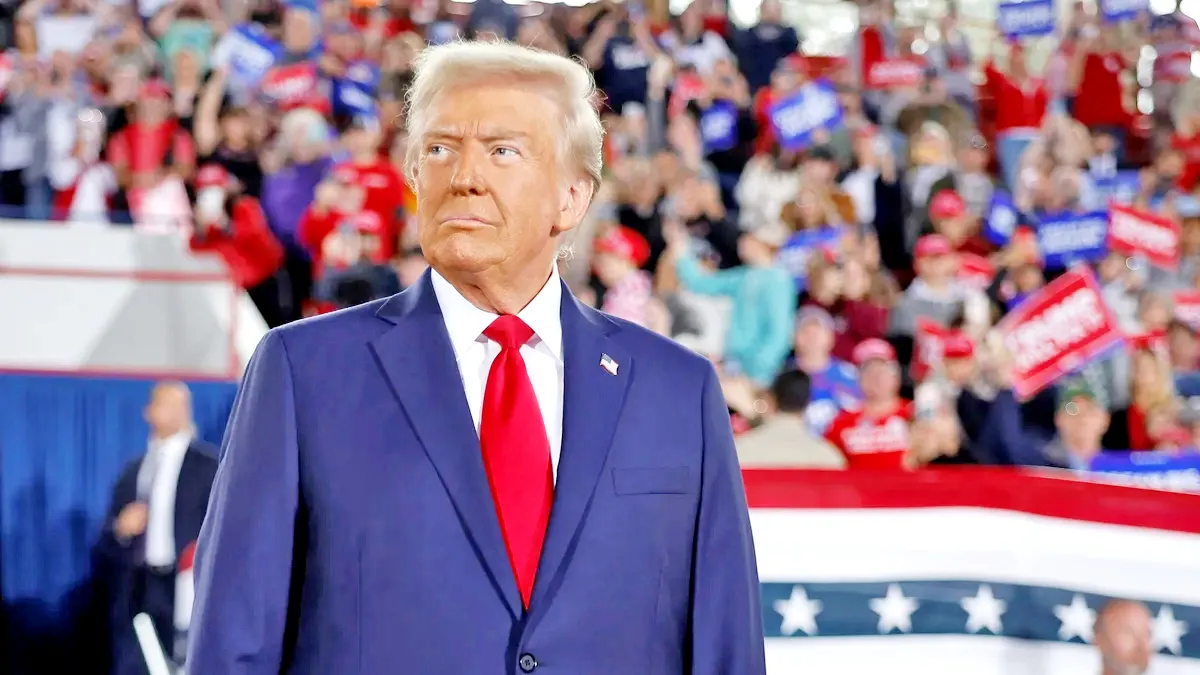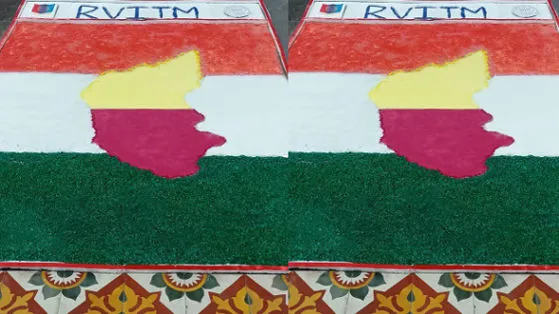News of clashes between Indian and Chinese soldiers at Chusul on the southern bank of Pangong Tso lake does not come as a surprise, in the backdrop of the deadly clashes at Galwan Valley two and a half months ago, in which 20 Indian soldiers and innumerable Chinese soldiers were killed. But it does put a question mark on what exactly the diplomatic and military level talks are achieving. For it is becoming increasingly clear that the Chinese have no intention of vacating the areas that they have occupied in Ladakh and restoring status quo ante—the way things were in April 2020. Instead, they are now trying to occupy territory that was never contested, as the failed incursion into Chusul proves. This is an act of deliberate provocation and amounts not only to testing India’s preparedness, but is also in keeping with China’s salami slicing tactics, apart from being a brazen defiance of all steps taken towards the de-escalation of tensions and the disengagement process. The possibility of many such provocations to follow in quick succession cannot be ruled out, especially before winter sets in and Ladakh becomes inhospitable for both sides. Worse, the possibility of these clashes escalating into an actual conflict cannot also be ruled out. China is itching for a fight and will not stop unless and until it gets a bloody nose, even as it strives in the mistaken belief that it can humiliate India in a quick conflict. From all accounts, certain Chinese military strategists are of the view that India needs to be taught a lesson, for that serves several purposes: by making an example out of as big a power as India, China can make all the “minnows” railing against its hegemony fall in line; it can also send a message to the world’s sole superpower, the United States, warning it against building up India as a counterweight to China; and most importantly, any such conflict puts paid to India’s great power ambitions and paves the way for China’s dominance over the whole of Asia, apart from knocking India out of the Indo-Pacific equation and thus dealing a body-blow to the Quad and all such attempts being made to contain China. But then China has misread the situation. This is not 1962. In 2020, India has the political will, the military capability and public support to take on Chinese misadventures, whatever GHQ Rawalpindi might have told China’s Central Military Commission to the contrary. If a conflict starts it is not known how many theatres of war will open up and who all will get involved. This has to be seen in the context of reports that India moved one of its frontline warships to the South China Sea post the Galwan clash, much to China’s displeasure. Only time will tell what shape any possible military conflict with China will take. But for the time being the government should be commended for taking a tough stand against China, both by refusing to give in along the Line of Actual Control and also by putting pressure on China’s business interests in the country, starting with the apps ban. It’s also looking like that Huawei is out of contention in the 5G race, which will be a big blow to China’s plan for global dominance in the area of Artificial Intelligence in particular. But then before embarking on its misadventures against India, China would have taken into consideration the possible adverse effects that its actions will have on its trade ties with this country. That it upped the ante in spite of its business interests getting hurt, proves that it has more or less written off that aspect from its equation with India.
As for India, it’s time to choose its allies sensibly, for the objective is to put up a joint front against China. A policy of multilateralism is not helping India’s case, if that, in effect boils down to deepening its military and strategic relationship with Russia, which is firmly in China’s camp, either out of compulsion or willingly, along with Pakistan. It is appalling that in the name of multilateralism India actually participated with Pakistan and China in the military exercise Tsentr on Russian soil in 2019—an exercise which was interpreted by the West as sending out a message to it. And India would have done it again this year but for the face-off in Ladakh—although the official reason given for backing out of the exercise is coronavirus! The obvious question is: Who are we trying to please? Let’s hope not China, which should have been identified clearly as an enemy by now—that’s basic. But have we done that? China does not want India to choose a side, for that hurts its geopolitical interests. It cannot stand up to the might of the “free world” if it joins its forces. And that’s where India belongs, not in the company of dictatorships and sham democracies.






















